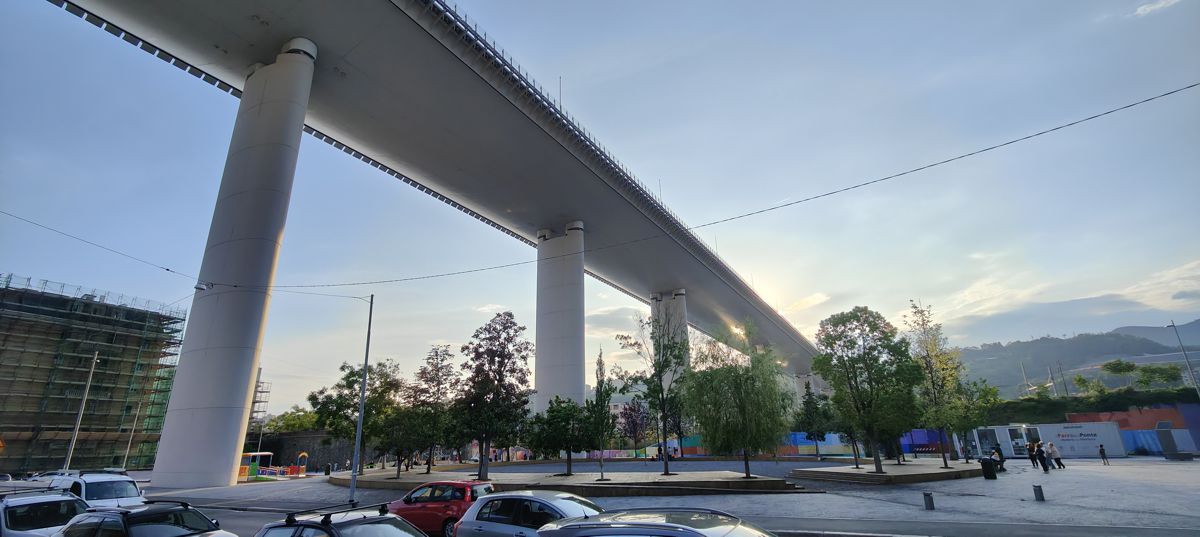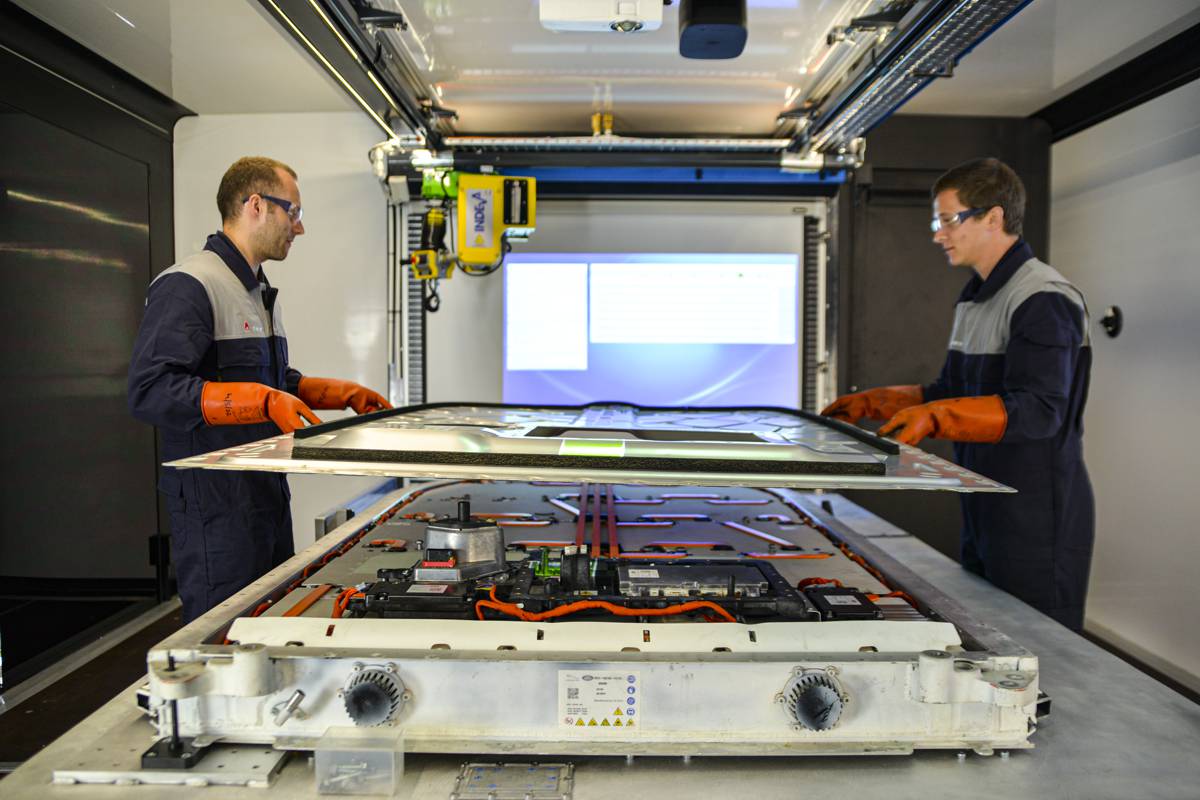Navigating the highways industry procurement process for SMEs
The UK government has committed to 33% of central government procurement spend going to small and medium sized enterprises (SMEs) by 2022 (previously 2020). The latest figures show that spend with SMEs in the financial year 2015/2016 was at 24%. So there is still some way to go, but why does this matter and how does it relate to us in the highways industry?
It matters because, while working with only a few large contractors may be convenient and may offer efficiencies in the tender process, it leaves government open to risks that seem only too obvious in the wake of the Carillion collapse. Furthermore, many sectors rely on SME’s to deliver innovation in products and services, which larger organisations are not incentivised to research and develop.
Within the highways industry there are good reasons on occasion to work only with very large organisations; when contracts are both long running and high value. Arguably, the way the strategic road network is run, means that the provision of a broad range of services under one contract is simply too much for an SME to handle. However, Highways England represents the Department for Transport’s (DfT) second largest budget, so this area needs to change if there is a commitment to increasing government spend with SMEs.
Highways England’s first funding period RIS1 was procured through the Collaborative Delivery Framework, which took a one size fits all approach that was perhaps only appropriate for large Tier 1 suppliers. A more flexible approach has been designed for RIS2 entitled Routes to Market. This will be split into the regional investment programme, the smart motorway programme, complex infrastructure projects, and maintenance and improvement activities. This change should contribute to Highways England achieving the greater use of SMEs.
Highways England have also started to bring the decision making for a number of strategic route areas in-house with their asset-led delivery model. This should allow for greater flexibility, but after talk of ‘refinements’ to the approach it is not clear how this will progress.
There are valid question to ask of this new strategy. Is it asking too much of government-owned companies; asking them to take on more responsibility while facing spending cuts? The cuts mean government departments are ever more stretched and will likely want to manage just one contract rather than many if they lack the capacity to manage the whole supply chain. With reduced budgets, departments are also less able to absorb the cost of projects overrunning or exceeding budgets. This makes it arguably more attractive to outsource the whole project so they essentially outsource this risk. SMEs cannot take on this level of risk. They also suffer when suppliers higher up the chain become so large that they take liberties—the latest in the Carillion disaster sees small businesses claiming that Carillion used delaying tactics and withheld money as security on work in order to bolster its balance sheets.
Is there a way for SMEs?
There are ways of working designed to overcome these issues. Project Bank Accounts are a government payment mechanism that allows payment direct to Tier 2 and 3 companies from a bank account set up specifically for a single scheme or framework. They place a higher burden on the client, but offer savings in the management costs paid to Tier 1 suppliers.
Ways of working that encourage greater collaboration could also be part of the solution. For example, alliance contracting where companies work together to deliver a project or service. Alliance members work towards a shared outcome with shared success measures. Similarly, Vested Outsourcing is a way of working that focuses on outcomes rather than transactions.
So how does an SME survive in the highways industry?
Clearview Intelligence utilise various routes to get their solutions onto the network. One successful route is supplying technology direct to Highways England through their inclusion on framework agreements such as the Crown Commercial Service’s Traffic Management Technology 2 (TMT2) framework.
They also have strong collaborative relationships with Tier 1 suppliers where their solution designs have resulted in award-winning installations. For example, the dynamic speed warning system on the A75 Stranraer to Gretna Green delivered for Scotland TranServ, and an Intelligent Road Stud Scheme on the A720 when working for BEAR Scotland and Amey. These relationships allow Clearview to develop innovative solutions to complex problems, so making the most of the agility and creativity that small size affords.
Finally, benefitting from the reputation of their products that sees them built into the solution design regardless of who is supplying the solution.
Even with the reputation gained as innovative solution designers and the fact that they have been in the industry since 1974, Clearview Intelligence still invest heavily in responding to tenders and maintaining relationships with Tier 1 suppliers. It’s hard to imagine how a new entrant to the market can break through and compete. But that’s what needs to be encouraged if the UK truly wants to support SMEs and reap the benefits of innovative thinking and cutting-edge technology on the road network.















